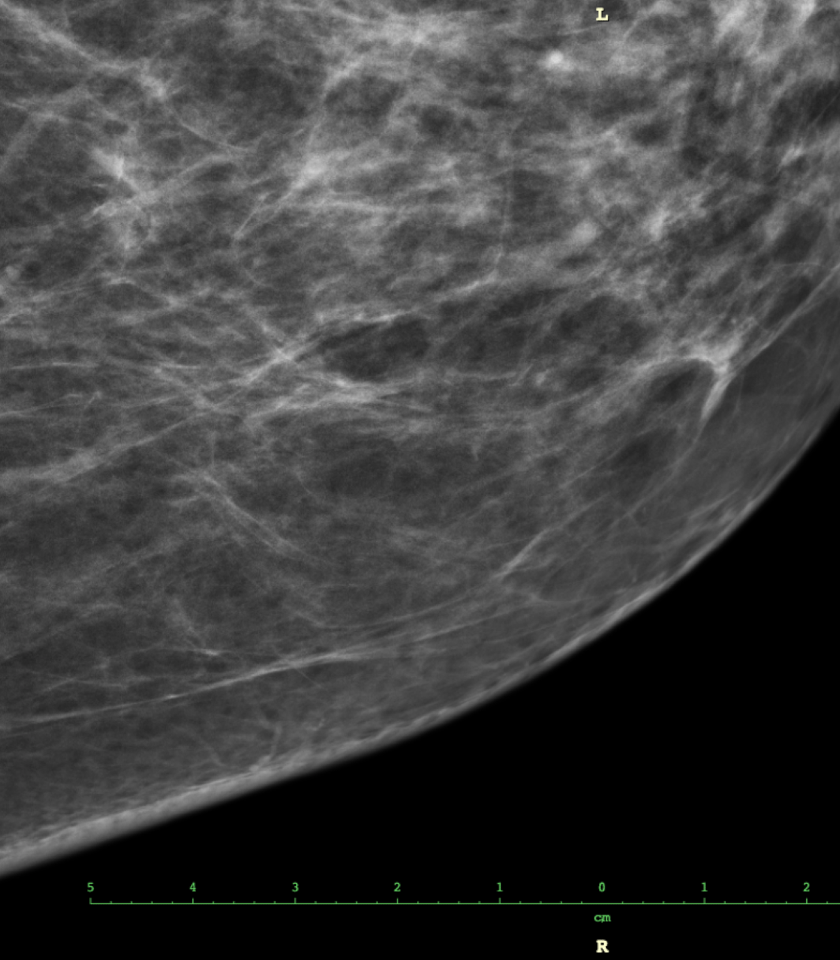
Breast cancer is influenced by a factor that is often overlooked
Genetics, obesity, alcohol, these are all factors that increase the risk of breast cancer and women are very aware of them. But there is one thing that many people do not primarily associate with a higher incidence of breast cancer and that is breast tissue density.
Breast cancer has rightly been talked about more and more recently, as it is still the most common serious cancer in women in the Czech Republic. However, if detected early, it is very treatable and there are many prevention programmes available, including regular mammography and the ability to easily detect any genetic predisposition, which may be the cause of breast cancer in up to 8% of patients. Genetic screening is in indicated cases also covered by health insurance.
As shown in new research, most women are aware of various risk factors. These include a family history of breast cancer, the onset of menopause or first menstrual period before age 11, alcohol, stress, obesity, inappropriate diet, no or late pregnancy, and undergoing breast biopsy, hormone treatments or radiation. But there is one equally important risk factor that the vast majority of women overlook, according to the study. And that is breast tissue density.
Only 6 of the 61 women surveyed knew that dense breast tissue may pose a 1.2 to 4% higher risk of developing breast cancer. Most of these women had been warned by their doctors during mammograms that they had a high proportion of dense breast tissue. The greater the density of breast tissue, the more difficult it is to detect malignant tumours or other changes on a mammogram.
High breast tissue density (or mammographic density) poses an increased risk of breast cancer; however, according to the results of another research study, breast cancer patients who have high mammographic density are not at increased risk of dying from the disease. The research results, led by Dr. Gretchen L. Gierach of the U.S. National Cancer Institute and conducted in collaboration with experts from the Breast Cancer Surveillance Consortium (BCSC), were published in the Journal of the National Cancer Institute.